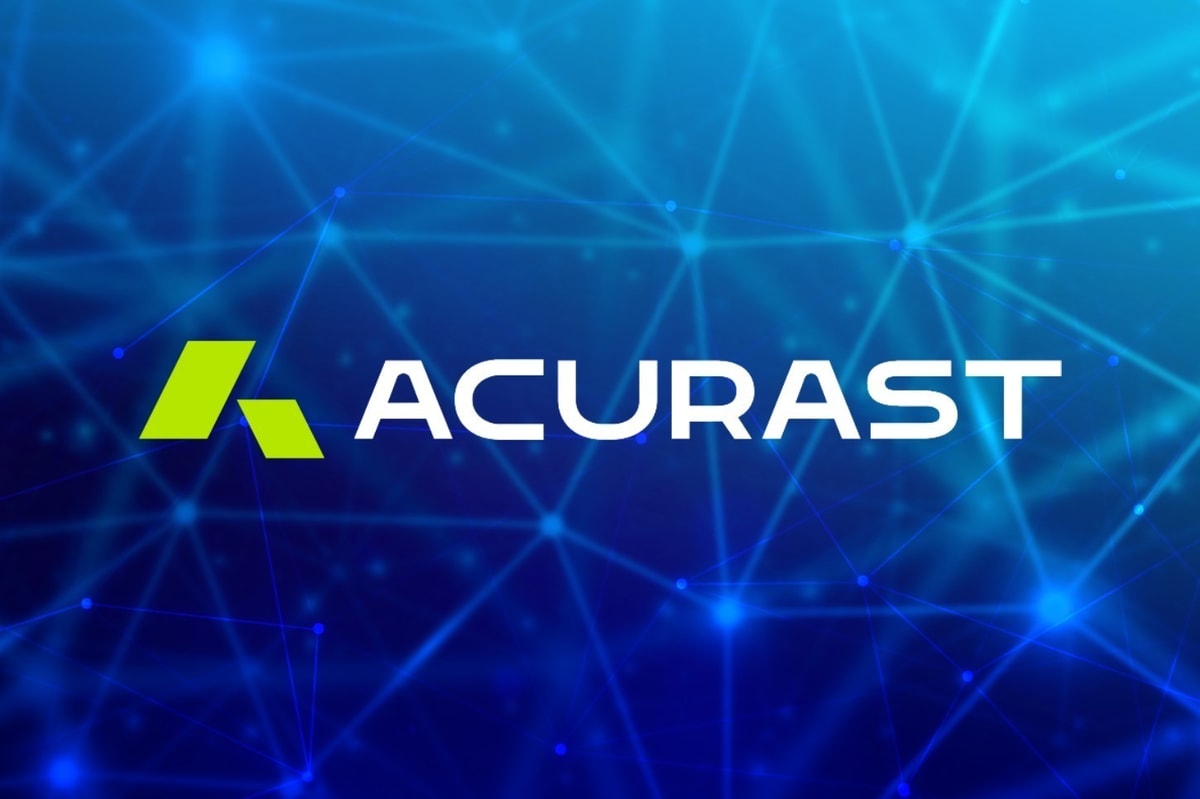Ethereum is now easily the legacy smart contract protocol (Layer1). It has survived two waves of the so-called Ethereum killers — some that even use Ethereum Virtual Machine (EVM).
When new chains were launched, some challenged the EVM concept, claiming superior technological advantage. Now many are racing to integrate EVM to maintain relevance in the multi-chain world. Another factor has been enterprises embracing Web3 and wanting interoperability, extensibility and security. For most enterprises, non-EVM chains are a non-starter.
The EVM standard
2021 saw the blockchain world spawning protocols faster than ever, but most were siloed. The emergence of EVM as a standard annoys many protocol architects but also creates an opportunity for them to drive connectivity and deliver faster growth in the future. Large players integrating EVM is a clear indication of it being an important weapon in the arsenal, making it hard to compete without it.
Importance of EVM
EVM drives interoperability, security and development efficiency, which are important if one must tap other chains to access its assets, liquidity, users or features. Interoperability creates ease of use and development, e.g., the same wallet public key address (same wallet too) can manage tokens, creating a superior user experience. Other benefits include moving funds, setting up liquidity pools outside of the main blockchain, portability of NFTs, etc., without development work. Even the same code with minimal to no modifications can be ported onto different blockchains, creating fault-tolerance, security and ease of switching at no cost — which is particularly appealing to large enterprises.
For enterprises, EVM compatibility is the #1 criterion when evaluating public blockchain use cases. EVM-compatible chains can quickly gain customers and drive early adoption while competing and partnering with several other chains in that ecosystem. For non-EVM chains that claim to be free of legacy baggage and are more innovative, these chains may have better chances in GameFi or payments, where multiple blockchains can operate without issues.
EVM-compliant systems grow faster
The on-chain project data indicates multifold action on EVM chains as compared to the non-EVM blockchains which are siloed. Developers want EVM compatibility to rapidly deploy on new chains and grow quickly. Almost every top-tier blockchain is already compliant or executing toward it.
EVM-compatible chains use the same token standard as ERC-20, making it easier to list them on multiple exchanges. Some exchanges charge higher fees for non-ERC-20 token listings
Pros and cons
As with everything else in this world, there are pros and cons to the EVM approach versus alternatives. The pros are connectivity to a broader ecosystem, developer efficiency, security, access to liquidity, enterprise compliance, lower costs, etc.
There are flip sides to being tied to the EVM approach as it further strengthens Ethereum and its tools at the expense of the new blockchain technology. There will also be no incentive to create unique protocol designs, differentiations or niches. One also must live with the constraints and rules of EVM.
Most of the Ethereum nodes dwell on AWS (Amazon Web Services) and can be considered centralized to an extent, creating operational dependency where projects must trust the service providers. This is something that goes against the ethos of Web3. Using EVM-based chains also requires a high degree of technical expertise and knowledge of coding. EVMs also lack natively upgradable smart contracts and multi-sig support, adding to a more complex technical posture.
Concluding thoughts
EVM is now becoming an enterprise standard and the connectivity tissue between blockchains. Even the most ardent detractors of EVM have now invested in compatibility as it is the new onramp channel for users, assets and liquidity, which adds developer experience, efficiency and lower costs. As more enterprises embark on Web3, EVM chains could continue to grow. Enterprises demand stability, scalability, interoperability and security — and right now, EVM-compatible projects are some of the ones providing that.
Nitin Kumar is the co-founder at zblocks and a recognized leader, author, former consulting partner and VC investor.
This article was published through Cointelegraph Innovation Circle, a vetted organization of senior executives and experts in the blockchain technology industry who are building the future through the power of connections, collaboration and thought leadership. Opinions expressed do not necessarily reflect those of Cointelegraph.
Learn more about Cointelegraph Innovation Circle and see if you qualify to join











